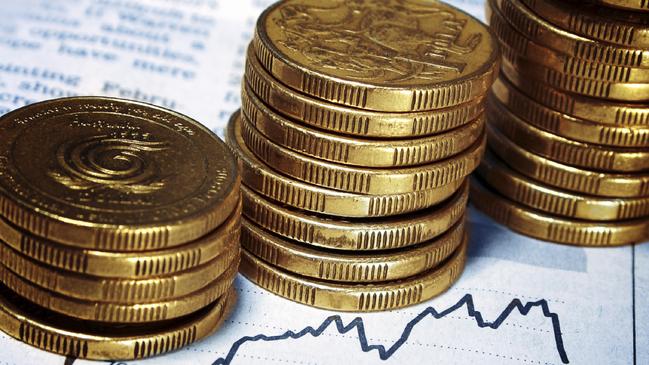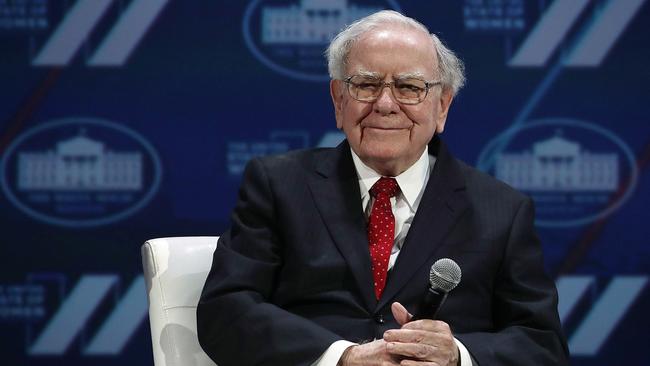
The facts are that the index was at 6851 points in November 2007, just before the global financial crisis, and this week it was trading below that figure (near 6800). Those raw numbers have been a bit of a wake-up call for investors, if not an outright shock.
But this isn’t the first instance of such stagnation. Australia’s stockmarket history is replete with examples of pointless journeys for the large-cap market as measured by the 200.
By way of example, the ASX 200 had similarly stalemated for nearly a decade between December 2006 and September 2017. Despite being widely recognised as Australia’s leading benchmark index, it’s seen multiple periods of no capital appreciation.
The real revelation is to be found in the reason behind the latest bout of torpor. And more shocking is that its cause is permanent, structural and likely to produce future mediocre returns.
At the very least, for an index that carries S&P Global’s label of “Australia’s pre-eminent benchmark”, these periods of zero capital appreciation are perplexing and warrant a closer examination.
Conventional market analysts have often pointed towards macroeconomics as the key drivers behind an index’s performance. And it is tempting to look at the broader macroeconomic landscape.
You might, for example, argue interest rates have been volatile. Well, yes, there’s been movement in rates, but since the GFC it’s all been one-way traffic – down.
Declining interest rates are supposed to be a tailwind for asset valuations, increasing the present value of future income. And don’t forget, in the background, central banks have thrown more money at economies, budgets and markets than they did even in 2007. The extra liquidity should also be a boost to equity market values.
If you’re still keen on an economic justification for the broad market going nowhere in a decade and a half, you might also try to argue we’ve had economic setbacks.
The thing is, we haven’t. In fact, we haven’t had a single recession over that 16-year period.
So what gives? Why hasn’t the market done better?
Anywhere else, and these factors would have had an impact on capital appreciation, but in Australia the story has a different protagonist. In fact, what’s more concerning is that there is a protagonist so structurally strong that it overwhelms all of the positive influences.
In the case of the ASX 200 that protagonist is dividends.
Australian businesses, especially the larger ones, exhibit a distinct trend. Propelled by the nation’s unique taxation system, they have a propensity to distribute substantial portions of their earnings as dividends. This phenomenon is deeply intertwined with the concept of franking credits.

In essence, franking credits act as tax credits for shareholders, ensuring that profits aren’t taxed twice – once at the company level and then again at the shareholder’s end. For many shareholders, particularly retirees, franking credits are a boon, translating to added income.
However, from a company’s vantage point, these credits have no intrinsic value, leading to a paradox.
Let’s break this down further. Dividends might sound attractive to shareholders, but they come at a cost to the company’s growth. Every dollar paid out as a dividend is a dollar not reinvested into the business.
Take, for example, a hypothetical company, one consistently generating a 20 per cent return on its equity but opting to distribute all of its earnings as dividends. There are no profits retained to spur growth. Consequently, the company’s earnings and, by extension, its share price remain static over time.
This scenario isn’t just theoretical; it mirrors the behaviour of many of Australia’s so-called blue chip companies. If collectively they produce no capital gain over 16 years, they can hardly be described as blue chip.
Prior to the Covid-19 pandemic’s global financial upheaval, these giants had an average dividend payout ratio of an astounding 72 per cent, and in 2020 the RBA reported the payout ratio was close to 80 per cent.
The impact on growth and returns to shareholders is perhaps best explained with an
example of a company that grows and pays no dividends.
For that stark contrast, consider Warren Buffett’s empire. His conglomerate, Berkshire
Hathaway, has generated about 20 per cent returns on equity for over half a
century and yet has never declared a dividend. Australian shareholders would be aghast!
But the decision to retain the profits at 20 per cent rates of return has propelled Berkshire’s
share price to a jaw-dropping $US512,000 per share. If a shareholder needs income, they
can sell a share. And if they want to have a good year, they can sell two.
The majority of Australian firms are mature giants with a dominant market presence. This
dominance often leaves limited room for reinvestment avenues, effectively capping their
growth. And the tax structure that incentivises the payment of franked dividends isn’t
changing any time soon, if ever. This will ensure high payout ratios among Australia’s
mature big-caps will remain entrenched.
For Australian investors, this analysis inspires several considerations. The first is whether it
makes sense to invest in an ASX 200 index fund.
Then, there’s a pressing need to diversify holdings, prioritise businesses that not only offer high returns on equity but also a willingness to reinvest, or alternatively, engage with experienced active fund managers who can select these higher-quality growth companies.
Roger Montgomery is founder and chief investment officer at Montgomery Investment Management








Many investors and commentators have surprised by revelations of late that the ASX 200 index has produced no capital gain over the past 16 years. (see Dumb Money: ASX is going nowhere fast)